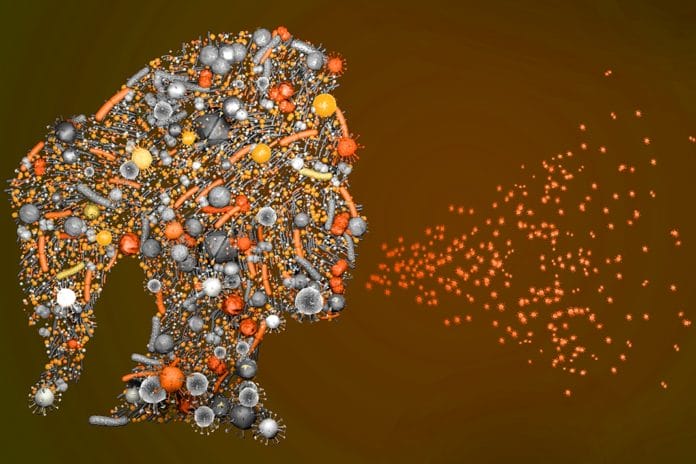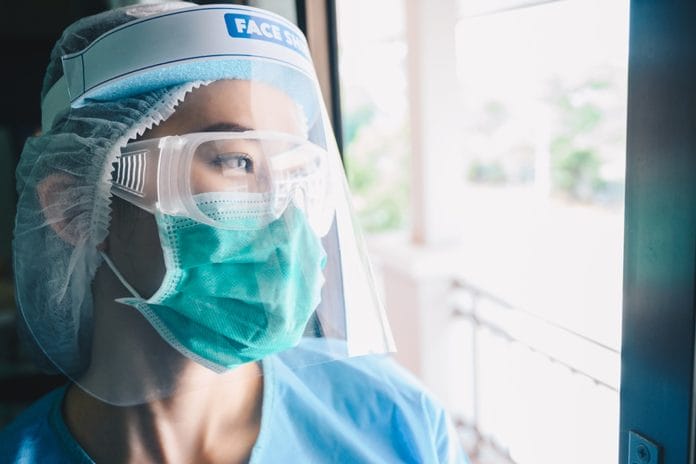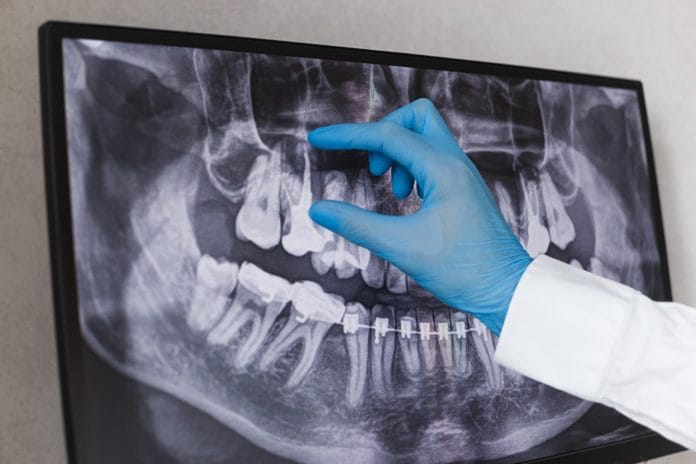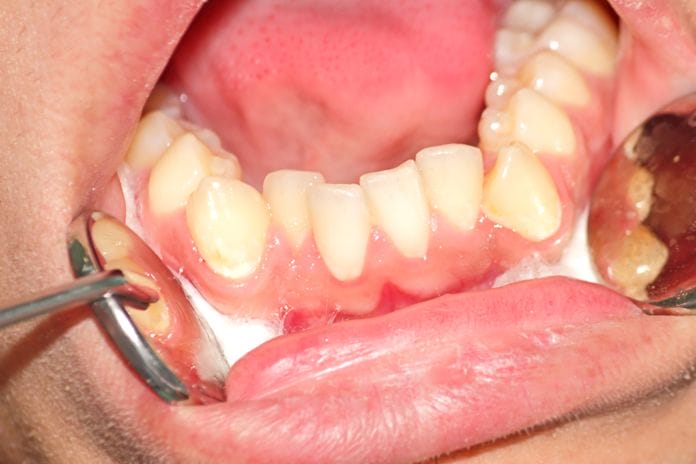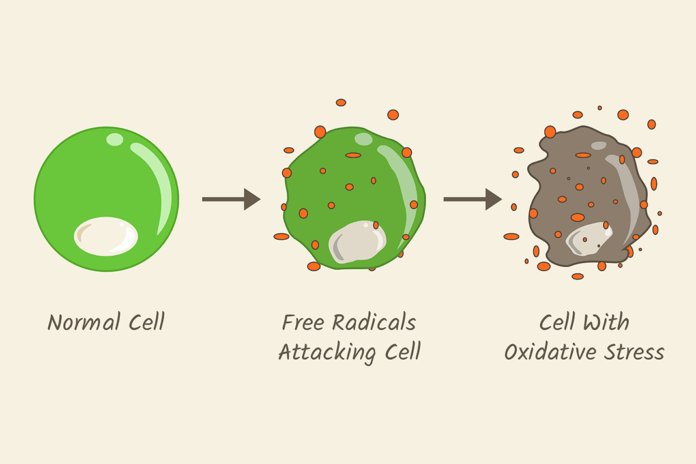Spring Hatfield, RDH, BSPH
QUIZ: Test Your COVID-19 Infection Control Knowledge
Need CE? Get the Complete Today's RDH On-Demand CE Bundle for One Low Price!
Hydrogen Peroxide Pre-rinse during COVID: Have We Been Misled?
Hygiene schools teach the importance of preprocedural rinses (PPMR), viewing it as a method for lowering the bacterial load and preventing the spread of...
Should Dental Hygienists be Independent Contractors or Employees?
At the end of every year, dental hygiene groups and forums are blowing up with questions concerning the 1099 they received from a dentist...
COVID-19 Vaccinations: Analyzing Potential Virus Protection for Dental Professionals
Editor's Note: Information about COVID-19 is changing on a daily, sometimes hourly, basis. We have made every attempt to ensure this article is up to...
The Dangers of “Curing” Tooth Decay Naturally
The idea of “naturally” curing tooth decay is a fast-growing fad. It has become such a craze that Facebook pages and groups encourage and...
Tubarial Salivary Glands: Scientists Discover New Salivary Glands in Human Throat
The year 2020 has brought us some wild and crazy things, including a novel virus that led to a global pandemic, a record-breaking number...
Loupes: Dentistry Doesn’t Have to be a Pain in the Neck
Disclosure: This article is sponsored content from Designs for Vision as part of our sponsored partner program.
The prevalence of musculoskeletal disorders (MSDs) in the dental...
Amazing but True Dental Tales of Past US Presidents
It is an election year. When is a better time to explore the oral health of some of our previous commanders-in-chief? If you work...
Pathogen Classifications: Where Dentistry Has Gone Since The “Complex Theory”
In 1998, Dr. Sigmund Socransky developed the “complex theory” where periodontal pathogens are categorized based on their association with the severity of disease. In...
Colleagues Who Test COVID-19 Positive: Steps Dental Offices Should Take
Editor’s Note: Information about COVID-19 is changing on a daily, sometimes hourly, basis. We have made every attempt to ensure this article is up-to-date...
Ventilation: Safely Control Flow of Bioaerosols in Dental Operatories
Editor's Note: Information about COVID-19 is changing on a daily, sometimes hourly, basis. We have made every attempt to ensure this article is up-to-date...
CDC Releases New Guidance for Dental Care During COVID-19
Editor's Note: Information about COVID-19 is changing on a daily, sometimes hourly, basis. We have made every attempt to ensure this article is up-to-date...
Do Low Vitamin D Levels Have an Association with Oral Disease?
Hygienists are known for their preventive role in health care. We often pride ourselves on being one of the only health-care providers who prevent...
The Role of Macrophage Polarization in Periodontal Disease and Gingivitis
The discovery of macrophage polarization by Charles Dudley Mills changed the way immunologists viewed the immune system. Prior to this discovery, it was long...
Coronavirus: The Current Science Behind SARS-CoV-2 and How it Impacts Dentistry
Editor’s Note: Information about COVID-19 is changing on a daily, sometimes hourly, basis. We have made every attempt to ensure this article is up to...
Radiology Update: Evolving Standards for Pregnancy, Shielding, and Frequency
The Archives of Clinical Skiagraphy was the first radiology scientific journal. First published in May 1896, just six months after the discovery of x-rays...
Mandibular Anterior Crowding: What is the Etiology?
When working clinically, a common question I receive is: “Will my wisdom teeth make my teeth crowded?” Many discussions in dental hygiene forums end...
Saddle Stools: The Importance of Quality and Individualized Fit
Disclosure: This article is sponsored content from The Brewer Company as part of our sponsored partner program.
The number one cause of early retirement...
Epigenetics: How Medical Research Can Aid Dental Diagnosis
In the late 1940s, Dr. Conrad Waddington, an embryologist, coined the term epigenetics. At that time, most embryologists did not consider genes important for...
Oxidative Stress: Will Future Solutions Launch Antioxidant Therapies for Dentistry?
Oxidative stress is an imbalance between the production of reactive oxygen species (ROS/free radicals) and antioxidants in the body. Prolonged oxidative stress is associated...









